In-Orbit Calibration of Phase Retardance for Channeled Spectropolarimeter
Abstract
:1. Introduction
2. Modeling and Methods
2.1. Polarization Radiometric Calibration Model of Channeled Spectropolarimeter
2.2. Methods for In-Orbit Calibration of the PROS
3. Verification Process
3.1. Numerical Simulation
3.2. Experimental Verification
4. Conclusions
Author Contributions
Funding
Institutional Review Board Statement
Informed Consent Statement
Data Availability Statement
Conflicts of Interest
References
- Casas, F.J.; Vielva, P.; Barreiro, R.B.; Martínez-González, E.; Pascual-Cisneros, G. Polarization Calibration of a Microwave Polarimeter with Near-Infrared Up-Conversion for Optical Correlation and Detection. Sensors 2022, 22, 8080. [Google Scholar] [CrossRef] [PubMed]
- Van Harten, G.; De Boer, J.; Rietjens, J.H.H.; Di Noia, A.; Snik, F.; Volten, H.; Smit, J.M.; Hasekamp, O.P.; Henzing, J.S.; Keller, C.U. Atmospheric aerosol characterization with a ground-based SPEX spectropolarimetric instrument. Atmos. Meas. Tech. 2014, 7, 4341–4351. [Google Scholar] [CrossRef] [Green Version]
- Noriyuki, N.; Frederic, A.; Ryohko, I.; Ryouhei, K.; Saku, T.; Amy, R.W.; Ken, K. Vacuum ultraviolet spectropolarimeter design for precise polarization measurements. Appl. Opt. 2015, 54, 2080–2084. [Google Scholar]
- Gu, N.; Lian, B.; Xiao, Y.; Huang, L. Full-Stokes Retrieving and Configuration Optimization in a Time-Integration Imaging Polarimeter. Sensors 2022, 22, 4733. [Google Scholar] [CrossRef] [PubMed]
- Calixto, S.; Martinez-Ponce, G.; Garnica, G.; Figueroa-Gerstenmaier, S. A Wavefront Division Polarimeter for the Measurements of Solute Concentrations in Solutions. Sensors 2017, 17, 2844. [Google Scholar] [CrossRef] [PubMed] [Green Version]
- Dubreuil, M.; Rivet, S.; Le Jeune, B.; Dupont, L. Time-resolved switching analysis of a ferroelectric liquid crystal by snapshot Mueller matrix polarimetry. Opt. Lett. 2017, 35, 103107. [Google Scholar] [CrossRef] [PubMed]
- Okabe, H.; Hayakawa, M.; Naito, H.; Taniguchi, A.; Oka, K. Spectroscopic polarimetry using channeled spectroscopic polarization state generator (CSPSG). Opt. Express 2007, 15, 3093–3109. [Google Scholar] [CrossRef] [PubMed]
- Kazuhiko, O.; Takayuki, K. Spectroscopic polarimetry with a channeled spectrum. Opt. Lett. 1999, 24, 1475–1477. [Google Scholar]
- Frank, J.I.; Stephen, H.J.; Herman, E.S.; Paul, K. Polarimetric-spectral intensity modulation (P-SIM): Enabling simultaneous hyperspectral and polarimetric imaging. Proc. SPIE 1999, 3698, 474–481. [Google Scholar]
- Kudenov, M.W.; Craven, J.M.; Lacasse, C.F. Field deployable pushbroom hyperspectral imaging polarimeter. Opt. Eng. 2017, 56, 103107. [Google Scholar] [CrossRef]
- Liu, P.; Ju, X.; Yang, B.; Yan, C.; Zhang, T.; Ju, H.; Xing, W. Channeled spectropolarimeter with arbitrary retarder orientation settings. Opt. Express 2022, 30, 14553. [Google Scholar] [CrossRef] [PubMed]
- Yang, B. Research on Measurement Error and Calibration of Intensity Modulated Spectropolarimetric Imaging System. Ph.D. Thesis, Changchun Institute of Optics, Fine Mechanics and Physics, Chinese Academy of Sciences, Changchun, China, 2018. [Google Scholar]
- Xing, W. Research on Polarimetric and Radiometric Calibration of Channeled Dispersion Imaging Spectropolarimeter. Ph.D. Thesis, Changchun Institute of Optics, Fine Mechanics and Physics, Chinese Academy of Sciences, Changchun, China, 2021. [Google Scholar]
- Stephen, H.J.; Frank, J.I.; Paul, L.K. Realization of quantitative-grade fieldable snapshot imaging spectropolarimeter. Opt. Express 2004, 12, 6559–6573. [Google Scholar]
- Mu, T.; Zhang, C.; Jia, C.; Ren, W.; Zhang, L.; Li, Q. Alignment and retardance errors, and compensation of a channeled spectropolarimeter. Opt. Commun. 2013, 294, 88–95. [Google Scholar] [CrossRef]
- Xing, W.; Ju, X.; Bo, J.; Yan, C.; Yang, B.; Xu, S.; Zhang, J. Polarization Radiometric Calibration in Laboratory for a Channeled Spectropolarimeter. Appl. Sci. 2020, 10, 8295. [Google Scholar] [CrossRef]
- Yang, B.; Zhang, J.; Yan, C.; Ju, X. Methods of polarimetric calibration and reconstruction for a fieldable channeled dispersive imaging spectropolarimeter. Appl. Opt. 2017, 56, 8477–8491. [Google Scholar] [CrossRef] [PubMed]
- Zhang, Y. Research on Data Processing and Quantification of Polarization Imaging System. Ph.D. Thesis, Shanghai institute of technical physics, Chinese Academy of Sciences, Shanghai, China, 2020. [Google Scholar]
- Fougnie, B.; Bach, R. Monitoring of Radiometric Sensitivity Changes of Space Sensors Using Deep Convective Clouds: Operational Application to PARASOL. IEEE Trans. Geosci. Remote Sens. 2009, 47, 851–861. [Google Scholar] [CrossRef]
- Johnson, B.C.; Litorja, M.; Fowler, J.B.; Shirley, E.L.; Barnes, R.A.; Butler, J.J. Results of aperture area comparisons for exo-atmospheric total solar irradiance measurements. Appl. Opt. 2013, 52, 7963–7980. [Google Scholar] [CrossRef] [PubMed]
- Xing, W.; Ju, X.; Yan, C.; Yang, B.; Xu, S.; Zhang, J. Self-correction of alignment errors and retardations for a channeled spectropolarimeter. Appl. Opt. 2018, 27, 7857–7864. [Google Scholar] [CrossRef] [PubMed]
- Zhang, H.; Wang, M. Evaluation of sun glint models using MODIS measurements. J. Quant. Spectrosc. Radiat. Transf. 2010, 111, 492–506. [Google Scholar] [CrossRef]


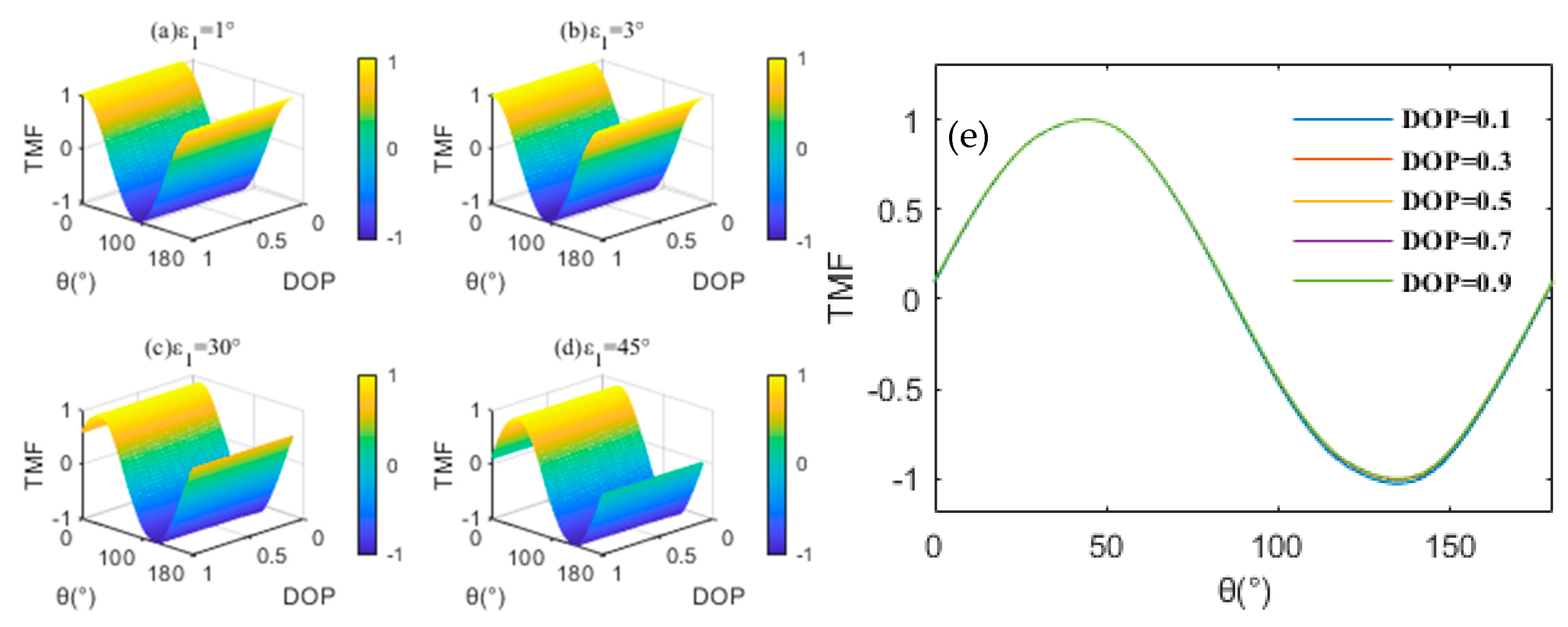
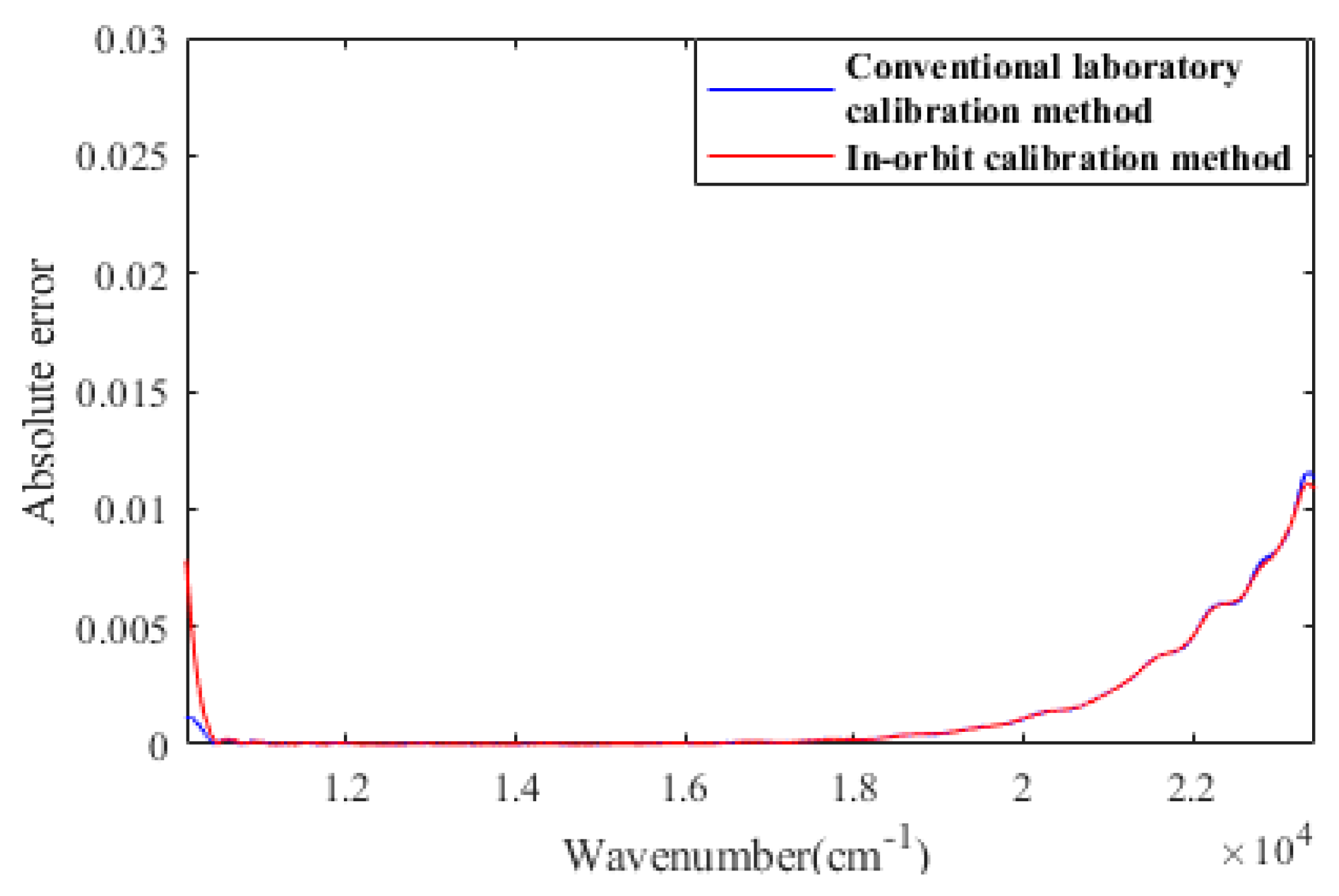
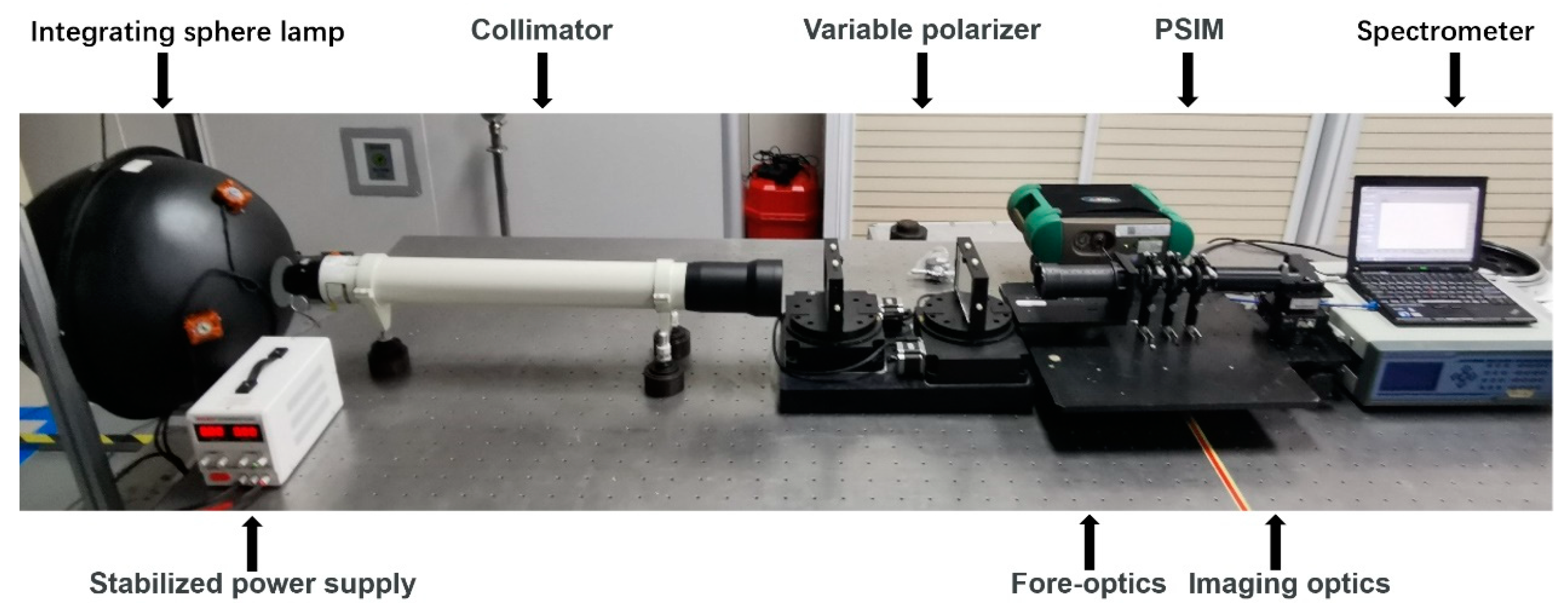
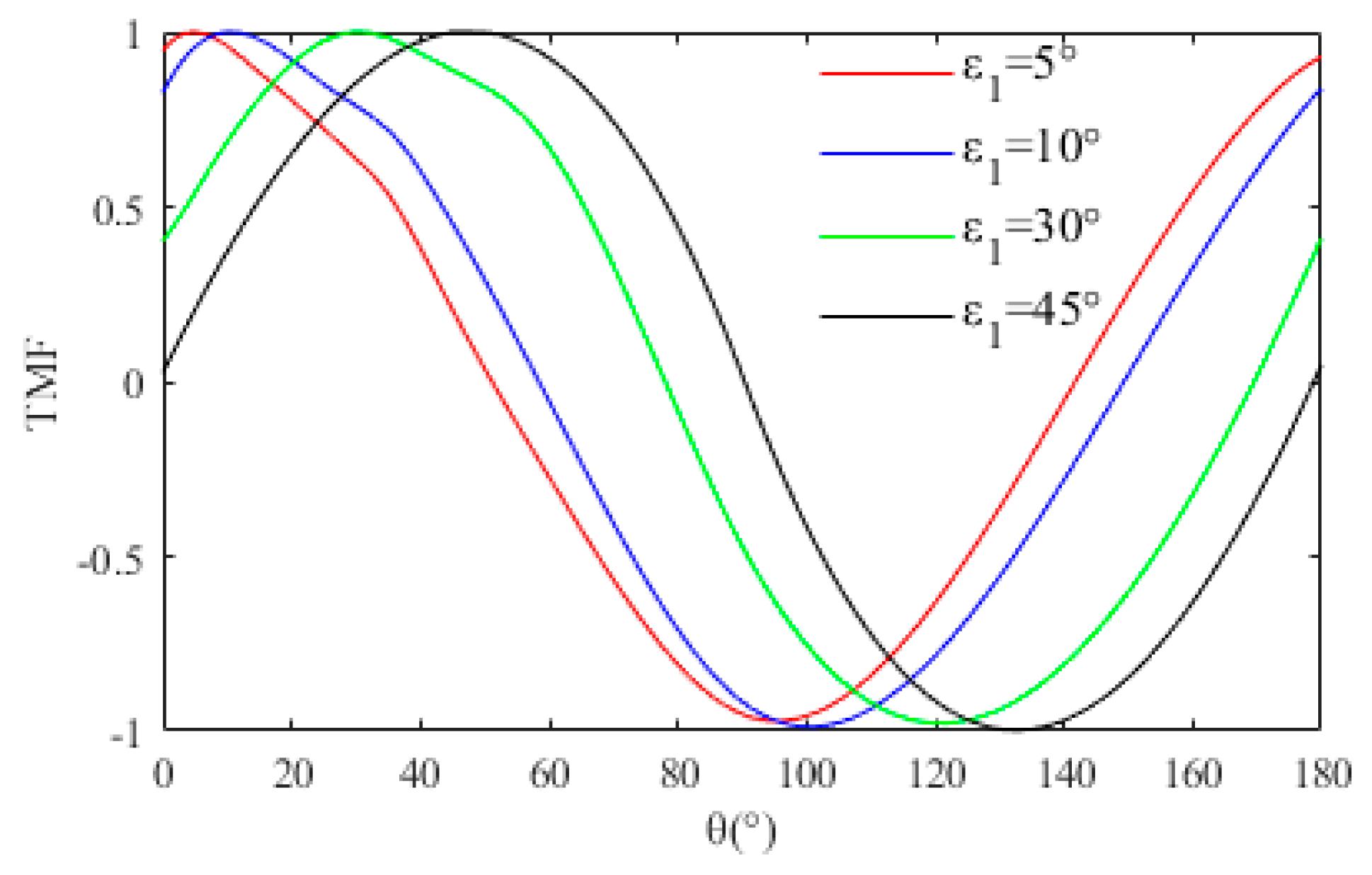
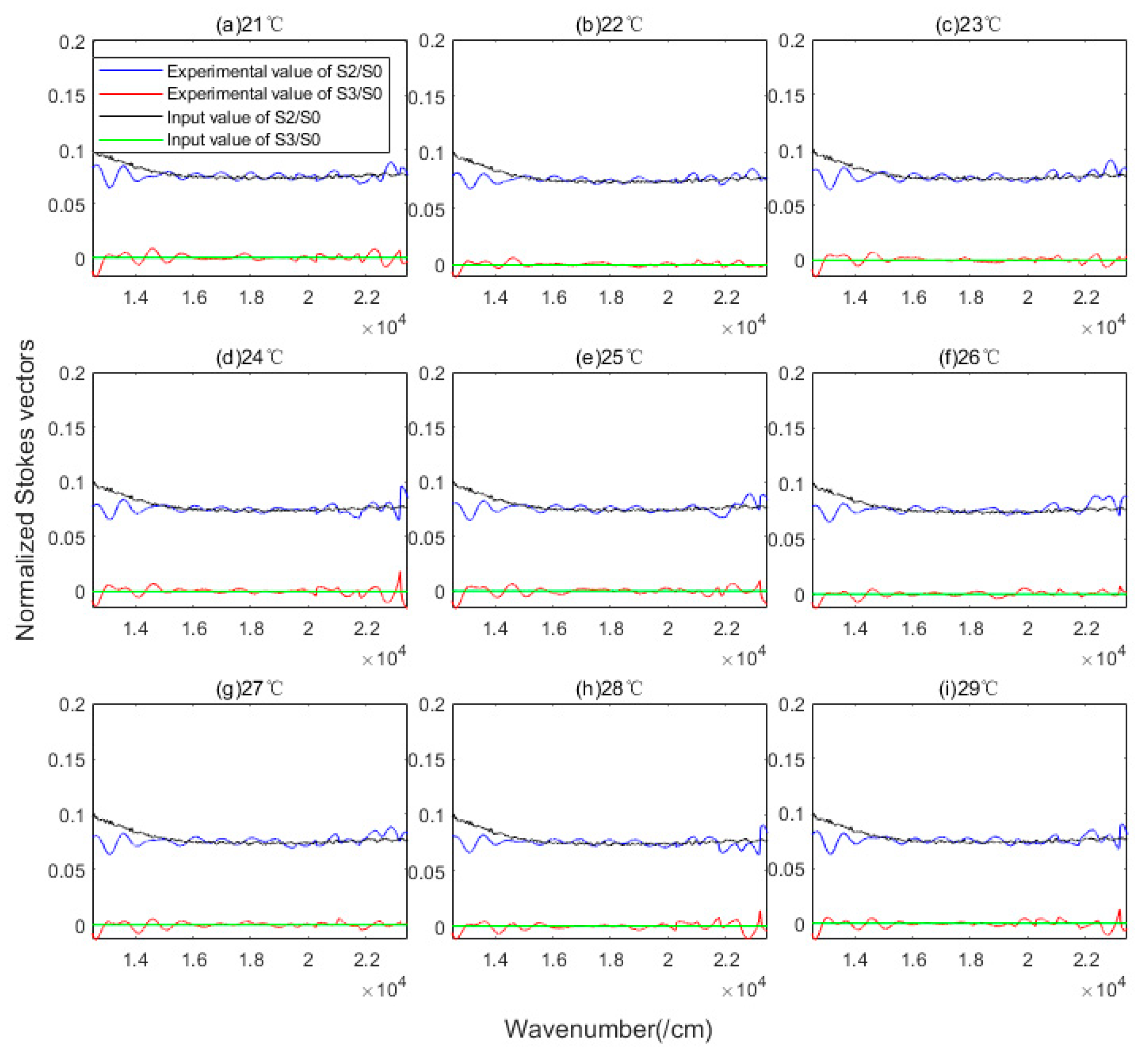
Disclaimer/Publisher’s Note: The statements, opinions and data contained in all publications are solely those of the individual author(s) and contributor(s) and not of MDPI and/or the editor(s). MDPI and/or the editor(s) disclaim responsibility for any injury to people or property resulting from any ideas, methods, instructions or products referred to in the content. |
© 2023 by the authors. Licensee MDPI, Basel, Switzerland. This article is an open access article distributed under the terms and conditions of the Creative Commons Attribution (CC BY) license (https://creativecommons.org/licenses/by/4.0/).
Share and Cite
Dong, Y.; Ju, X.; Yuan, J.; Yan, C.; Zhang, T. In-Orbit Calibration of Phase Retardance for Channeled Spectropolarimeter. Sensors 2023, 23, 2642. https://doi.org/10.3390/s23052642
Dong Y, Ju X, Yuan J, Yan C, Zhang T. In-Orbit Calibration of Phase Retardance for Channeled Spectropolarimeter. Sensors. 2023; 23(5):2642. https://doi.org/10.3390/s23052642
Chicago/Turabian StyleDong, Youzhi, Xueping Ju, Jing Yuan, Changxiang Yan, and Tao Zhang. 2023. "In-Orbit Calibration of Phase Retardance for Channeled Spectropolarimeter" Sensors 23, no. 5: 2642. https://doi.org/10.3390/s23052642
APA StyleDong, Y., Ju, X., Yuan, J., Yan, C., & Zhang, T. (2023). In-Orbit Calibration of Phase Retardance for Channeled Spectropolarimeter. Sensors, 23(5), 2642. https://doi.org/10.3390/s23052642




